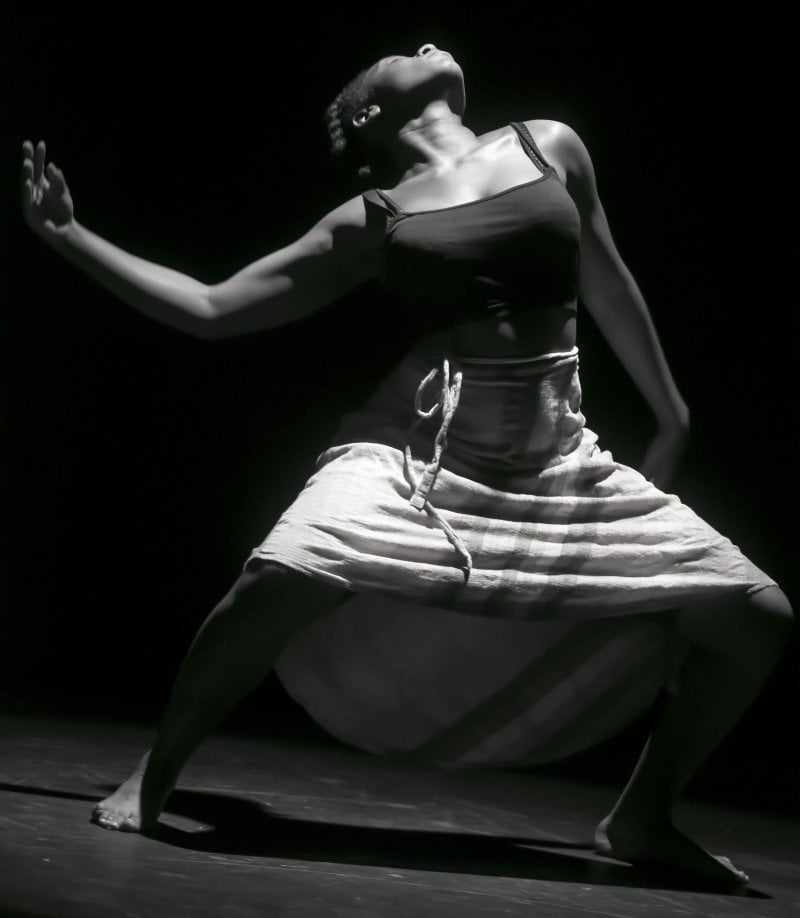Africanamericandanceensemble.org is no longer available here. Please visit aade-inc.org instead.
The Myriad Dance Styles of Sub-Saharan Africa
The vast African continent is home to countless styles of dance, which vary widely from region to region. These include the Adumu dance of the Maasai tribe (Kenya and Tanznia), the Indlamu dance of the Nguni people (South Africa and Zimbabwe), and the Agbekor dance of the Fon ethnic group (Benin, Nigeria and Togo), to name only a handful of examples.
This website is devoted to the remarkably diverse world of African dance and the enchanting people who perform it. Here, readers will find scores of posts and videos compiled by experts on this fascinating subject.
Functions of Dance
Along with music, dance plays a central role in the traditional cultures that are found throughout the regions of Africa. Since time immemorial, dance has been used by these cultures to promote tribal values, convey oral histories to new generations, and mark momentous occasions and milestones.
For many of these traditional cultures, dance also has a spiritual component. It is frequently performed by religious figures, such as shamans and so-called ‘medicine men,’ within the context of religious ceremonies or rituals.

Polyrhythmic
The various styles of traditional African dance are almost invariably accompanied by music, especially drumming and vocalizations. Most African dance styles are polyrhythmic, meaning they are typically accompanied by at least two (often conflicting) rhythms.
This site provides readers with a wealth of material on this interesting subject, including dozens of videos showcasing various styles of African dance being performed in situ.